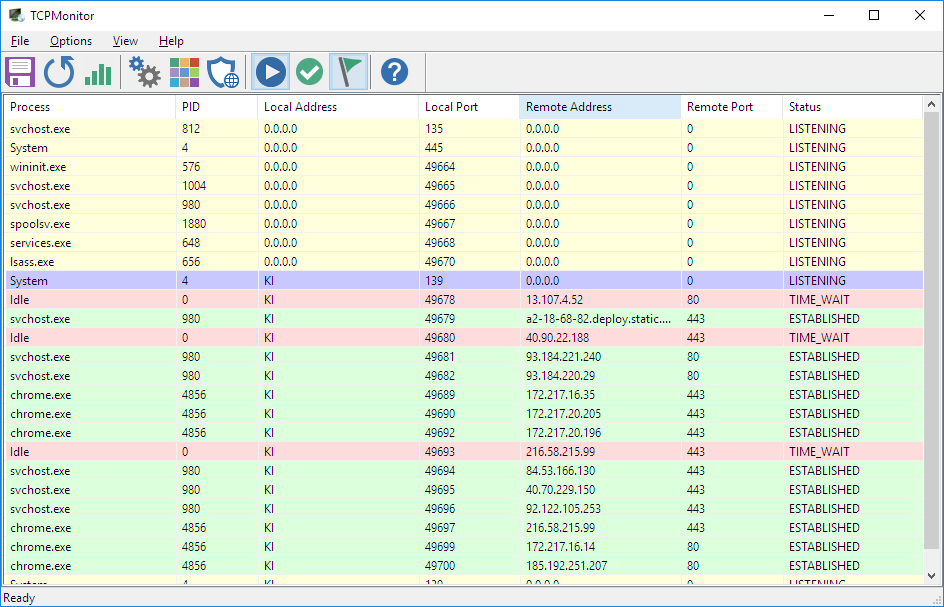


For example, statistical information from ICMP can indicate where this protocol has found errors. (Parts of the output have been truncated.) The information can indicate areas where a protocol is having problems. The result resembles the display shown in the example below. The netstat -s option displays per protocol statistics for the UDP, TCP, ICMP, and IP protocols. See the netstat(1M) man page for a description of the options. The most frequently used options for determining network status are: s, r, and i. These displays are the most useful for system administration. Netstat displays various types of network data depending on the command line option selected. You can display the status of TCP and UDP endpoints in table format, routing table information, and interface information. The netstat command generates displays that show network status and protocol statistics.


 0 kommentar(er)
0 kommentar(er)
